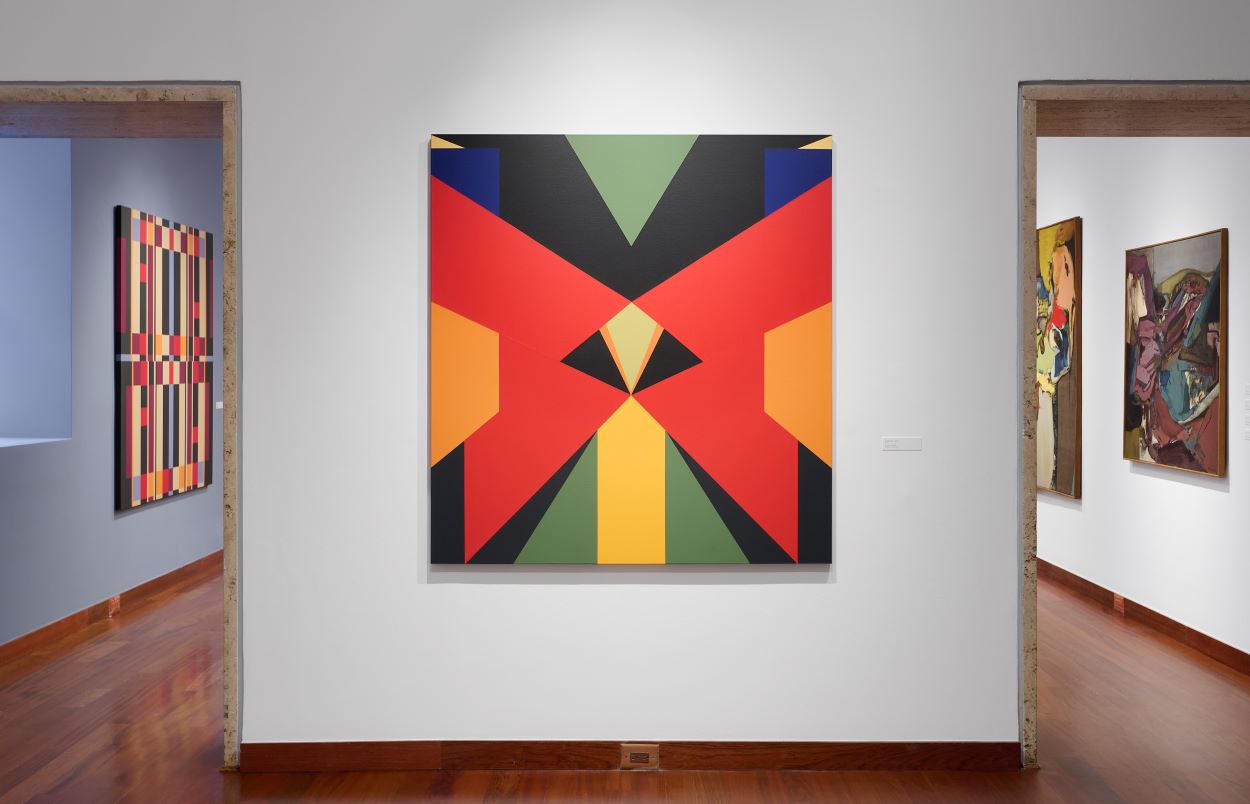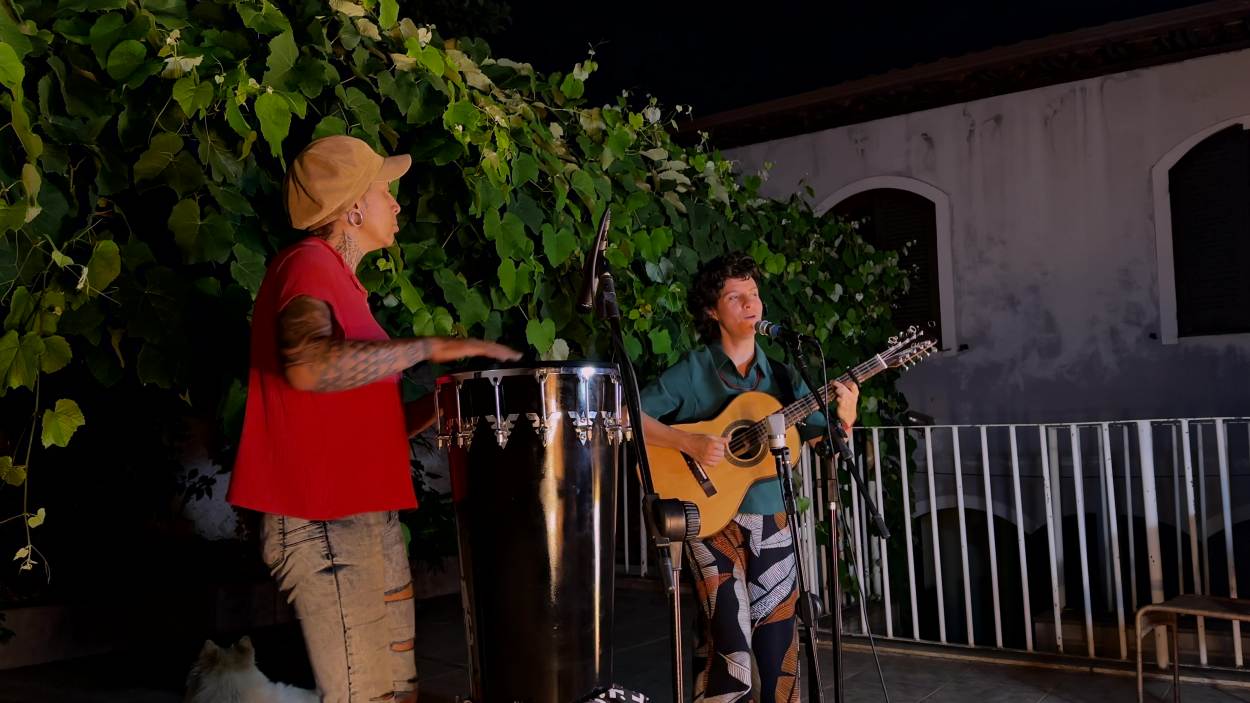Latin American Cities at the Turn of the Century Go on View at the Americas Society
Latin American Cities at the Turn of the Century Go on View at the Americas Society
Beginning March 21, Americas Society will host the exhibition The Metropolis in Latin America,1830–1930, a leading feature of Pacific Standard Time: LA/LA, which explores Latino and Latin American art across 70 cultural institutions in Southern California.
Starting March 21, the Americas Society will host the exhibition The Metropolis in Latin America, 1830-1930. The exhibition is a leading feature of Pacific Standard Time: LA/LA, an exploration of Latino and Latin American art across 70 cultural institutions in Southern California. Pacific Standard Time: LA/LA is an initiative led by the Getty Research Institute, where The Metropolis in Latin America was previously on display.
The exhibition presents a century-long narrative of six Latin American capitals: Buenos Aires, Havana, Lima, Mexico City, Rio de Janeiro, and Santiago de Chile. Within this arc of time, these cities transformed from provincial seats of power in the Spanish empire to full-fledged republican capitals. This shift from Iberian urban regulations to independent national authority was expressed through a diverse set of novel and imported models of architectural design and urban planning.
The cities of Latin America maintained most of their colonial structures until the mid-nineteenth century. The gradual adoption of modern architectural repertoires, coupled with massive rural migration to the cities, encouraged the removal of colonial-era vestiges in favor of new civic buildings, burgeoning residential quarters and centers of industrial production.








